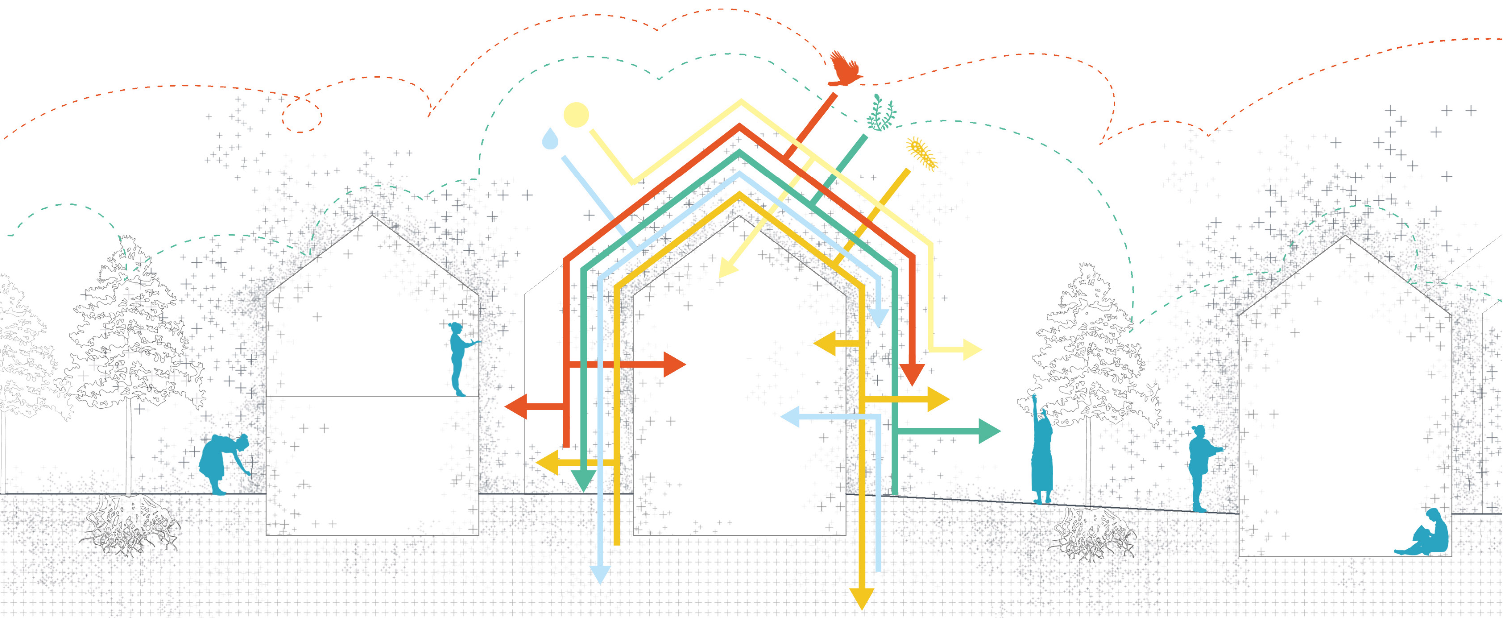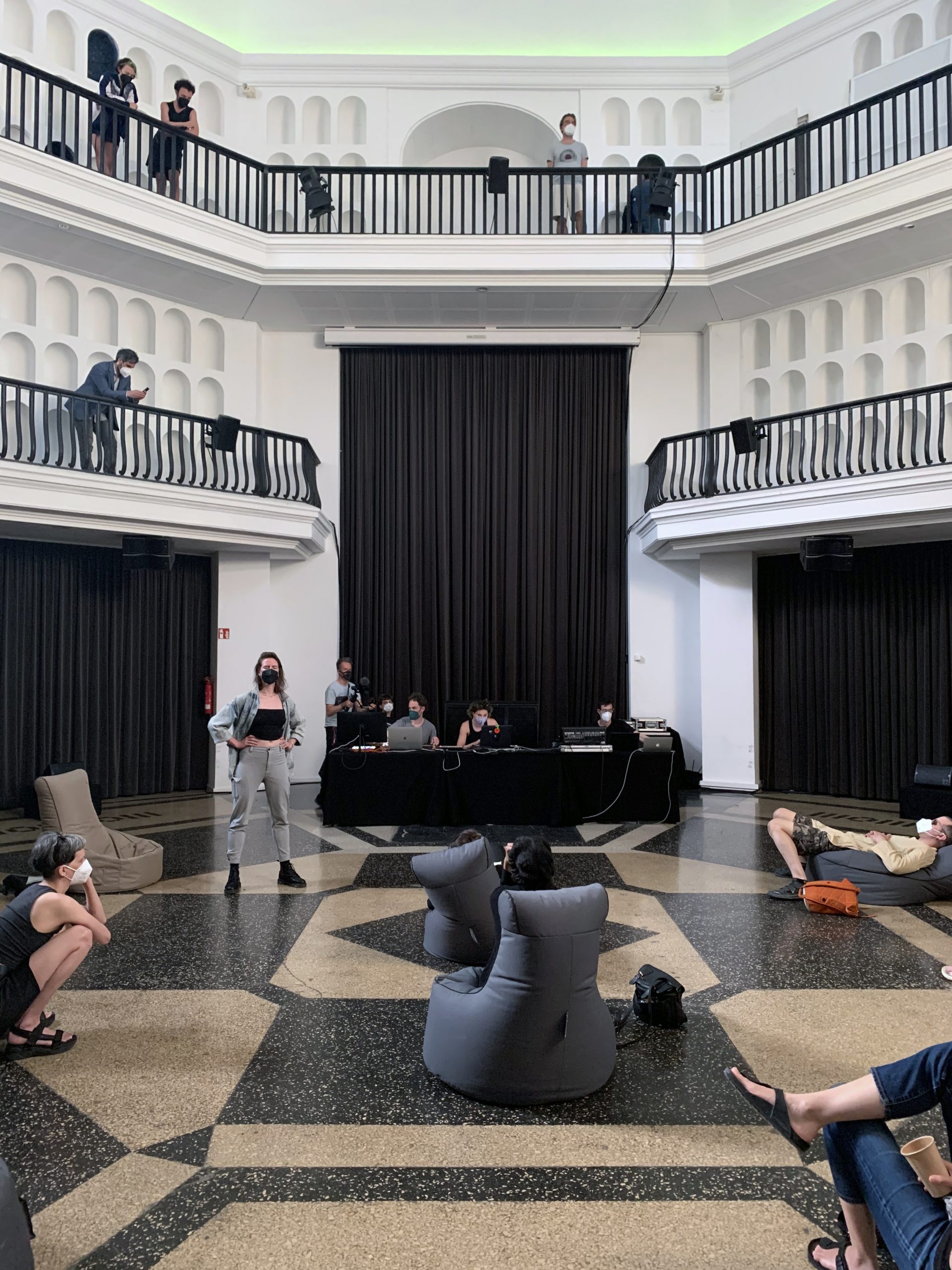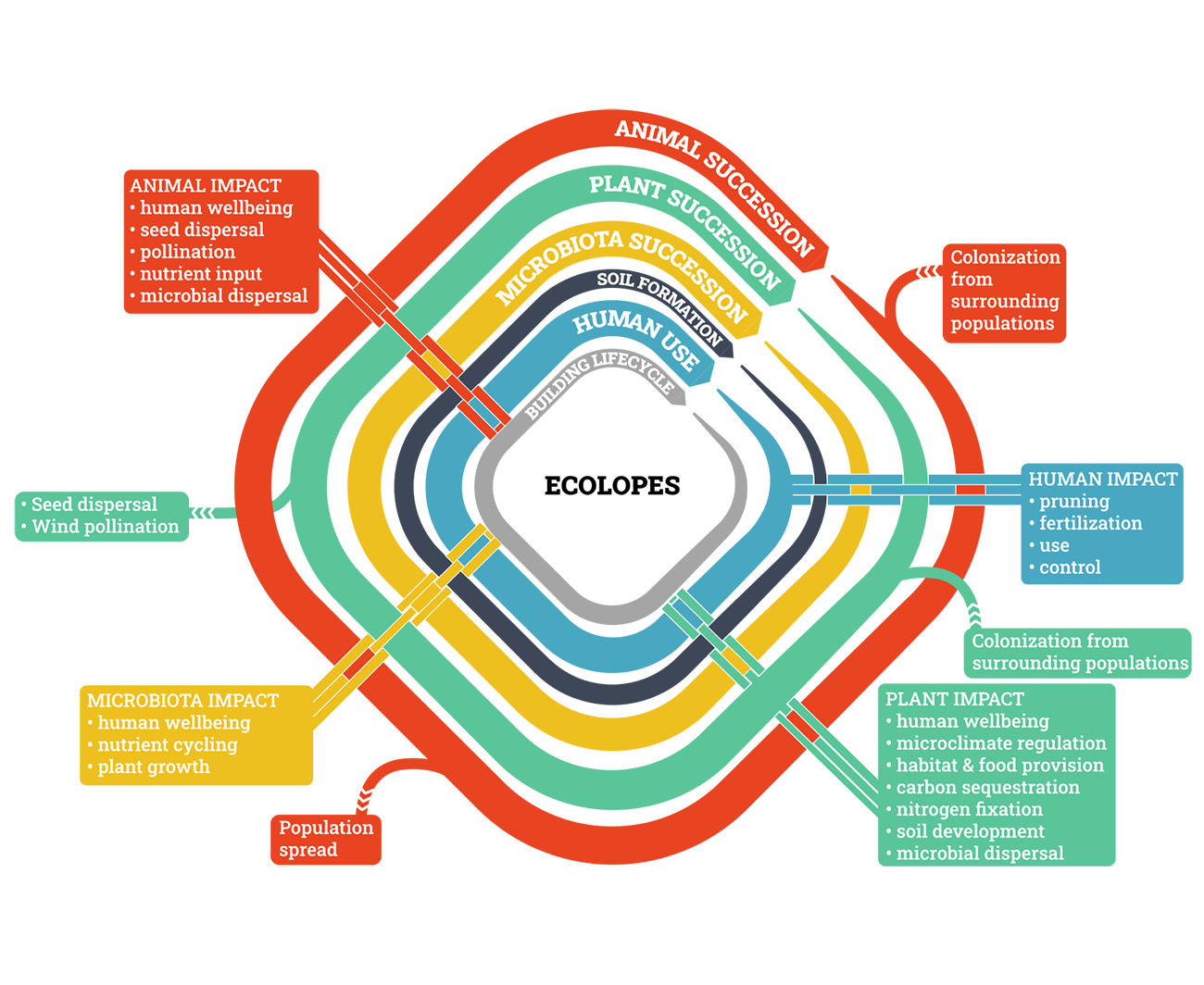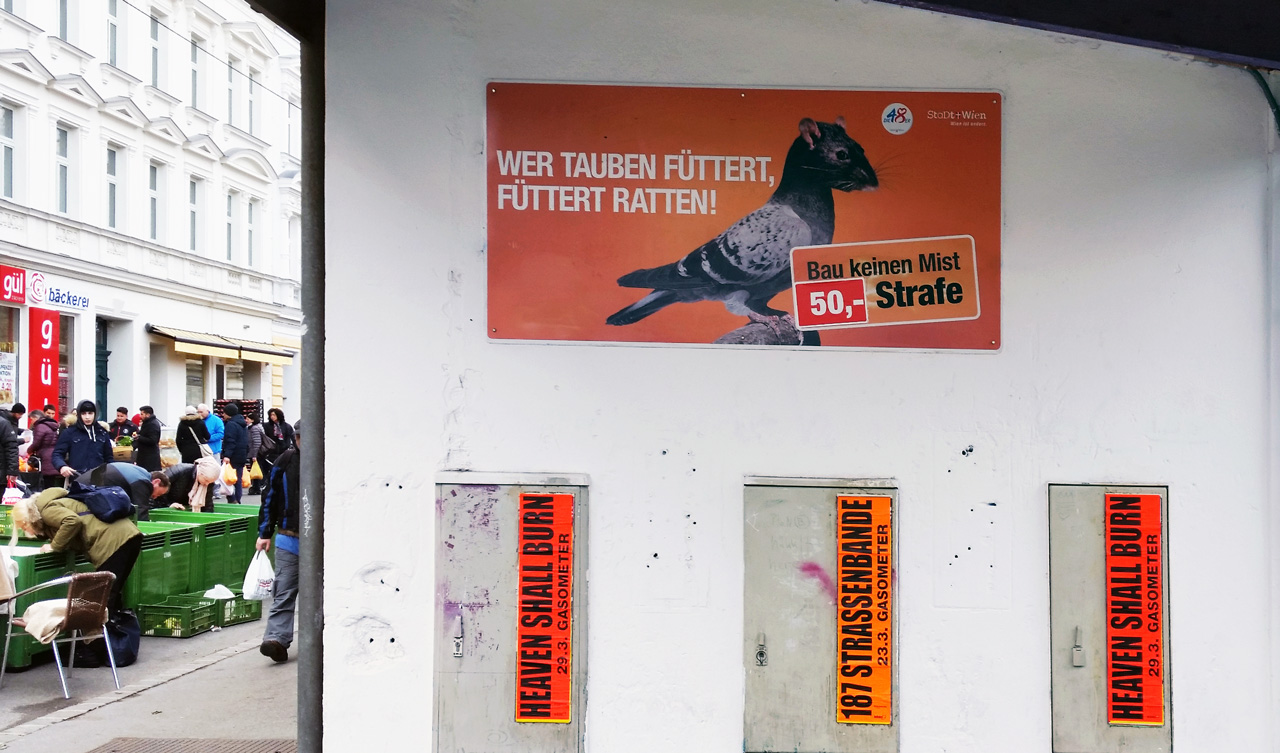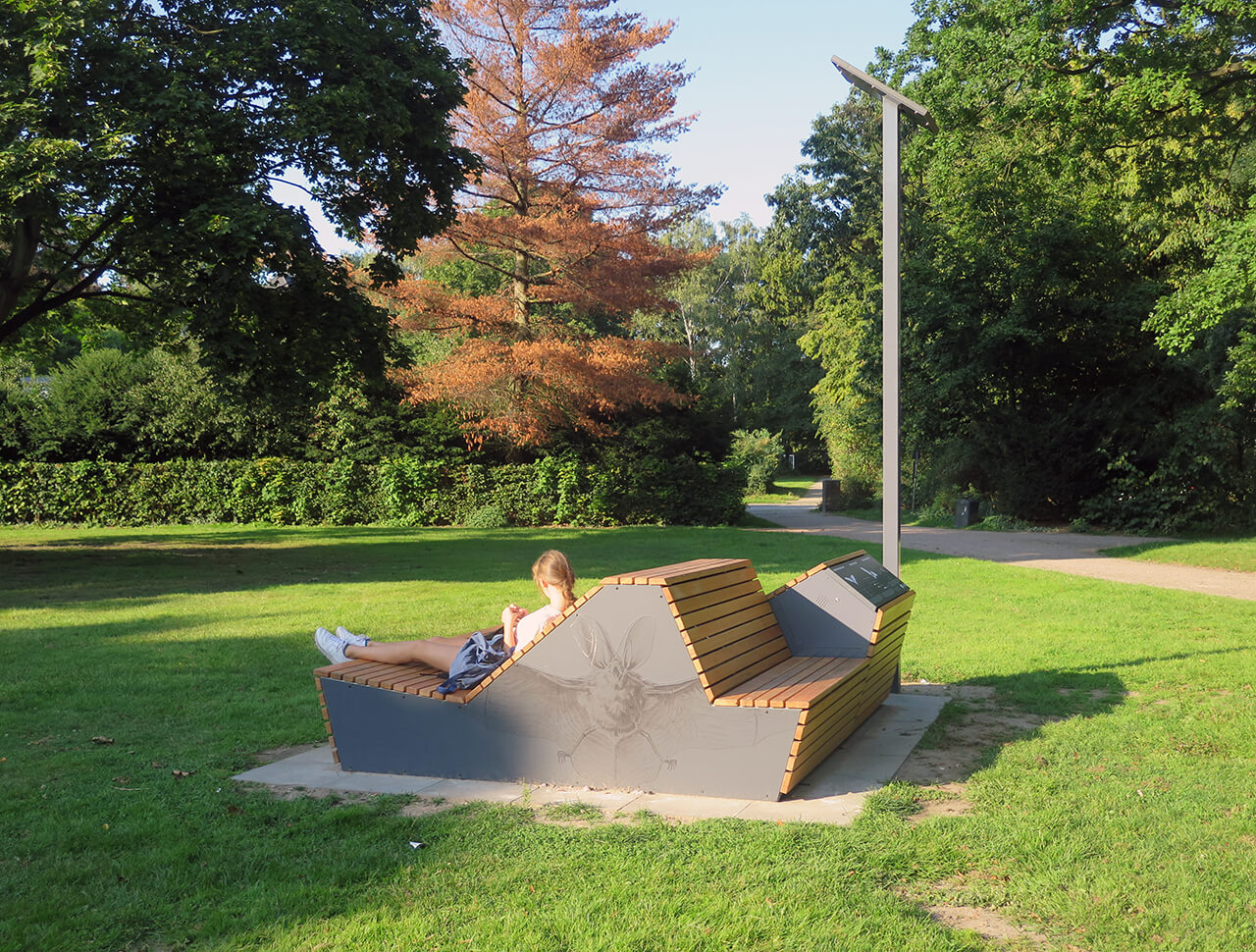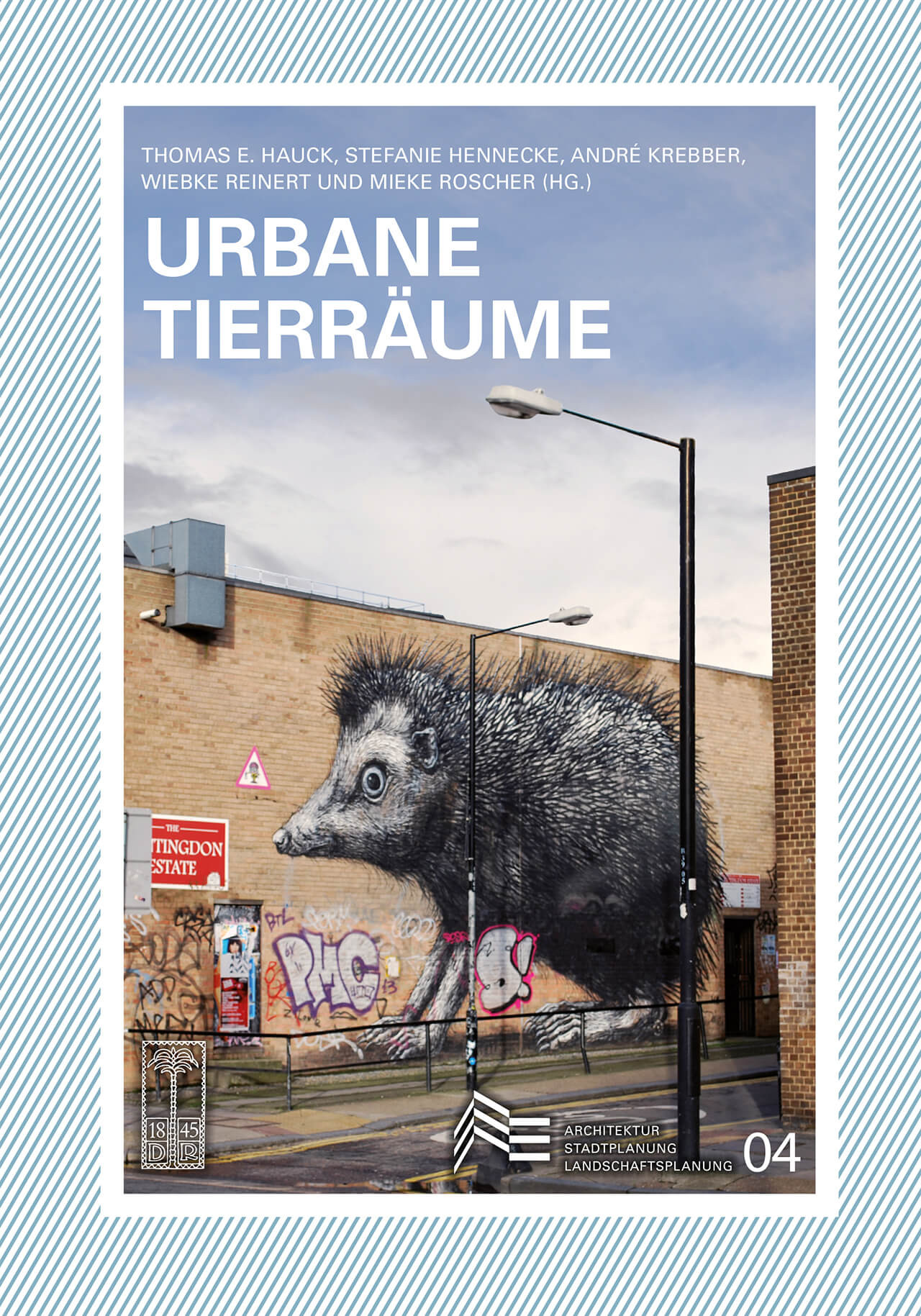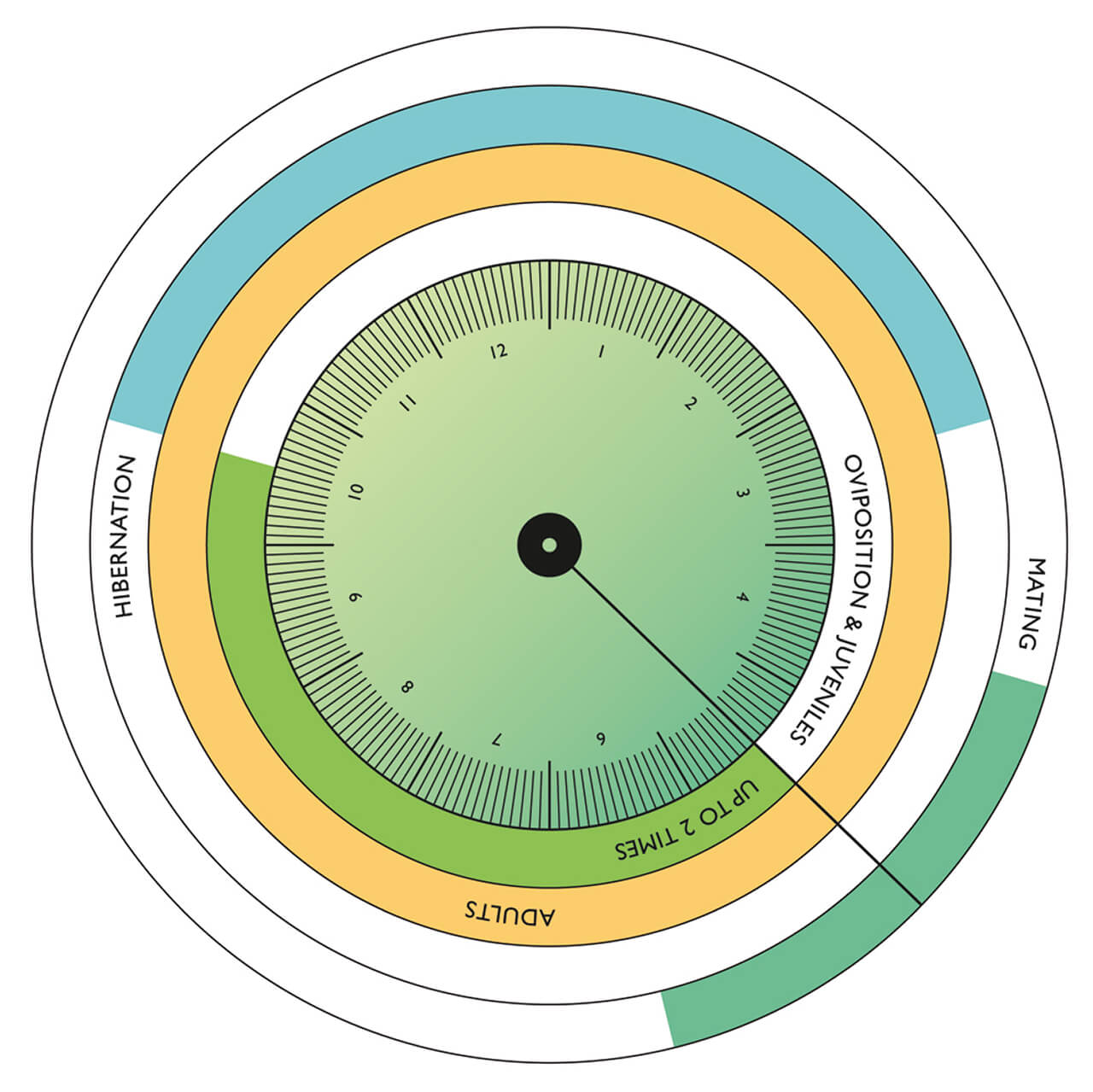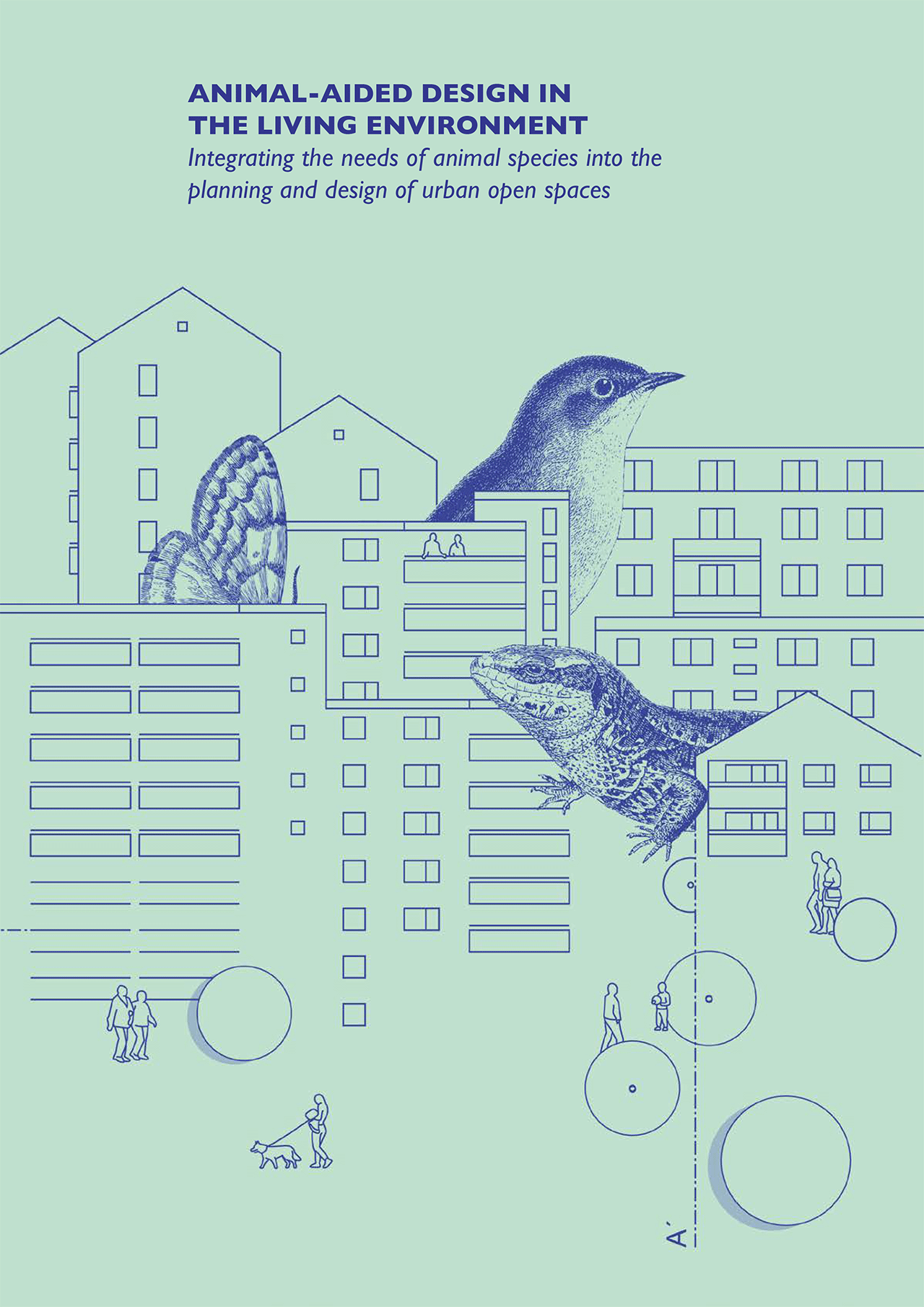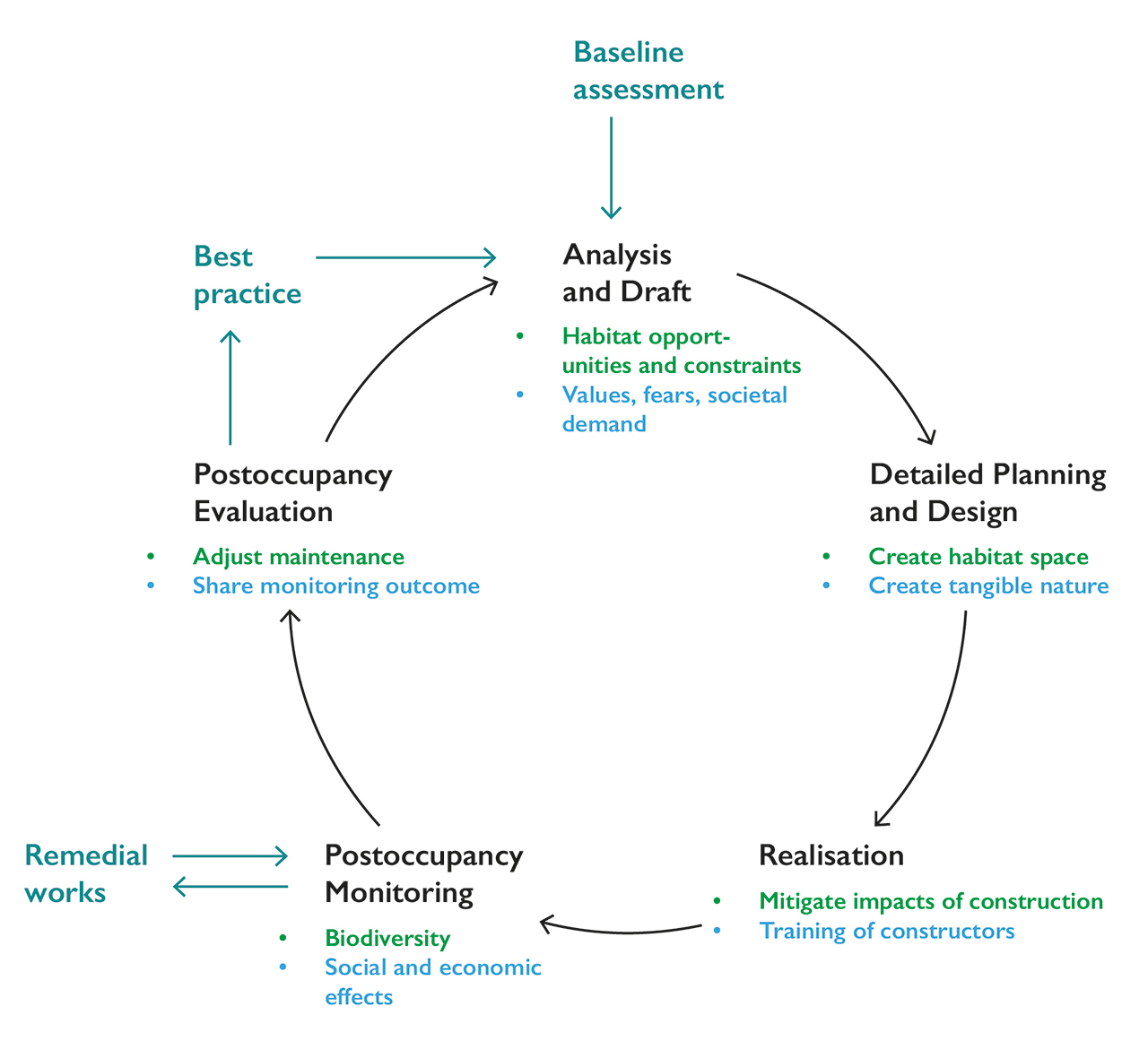NEWS
New Article in the Journal of Urban Ecology
The survey “There is a place for every animal, but not in my back yard: a survey on attitudes towards urban animals and where people want them to live” shows that people have clear preferences for the placing of different animals in an urban context. Learn more about the research findings and how this knowledge can contribute to targeted conservation measures and environmental education programs.
Learn more about AAD with our videos: What is our mission? What method do we use? How do we design for animals? Where can I find a project with AAD?
The videos explain our mission and method, design with the life cycles of target species and the world’s first construction project with AAD in Munich.
The world’s first project with AAD method completed in Munich
The Brantstraße in Munich is the world’s first project, which is based on the concept of Animal-Aided Design.
Financed by the Bavarian State Ministry of the Environment and Consumer Protection the project combines the needs and requirements of humans and animals in urban planning and promotes the coexistence of humans and wild animals in the city.
AAD is project partner in the New European Bauhaus project “Creating NEBourhoods Together Neuperlach” (Munich)
The Studio Animal-Aided Design is involved in the project “Creating NEBourhoods Together” in Munich, Neuperlach. Funded by the EU the project is one of five lighthouse projects developing sustainable, inclusive and beautiful cities and regions all over Europe as part of the New European Bauhaus initiative.
Article in the FAZ on the topic: Biodiversity and Architecture
Animals live in our cities and have become their inhabitants. The article “A different kind of neighbour” by Petra Ahne (Frankfurter Allgemeine Zeitung) deals with how animals can be integrated into urban planning and gives examples of projects that have already been realized.
New article in the Architect Victoria Journal
The third issue 2022 of the journal Architect Victoria, the official magazine of the Australian Institute of Architects, deals with the topic “Design for all life / Architecture and planning”. The studio Animal-Aided Design is also represented with an article.
To read in the current issue (52-55 p.) and online at:
Architect Victoria, Edition 3 / 2022
Weisser, Wolfgang, W., & Thomas E. Hauck. 2022. “Animal-aided design.” Architect Victoria 3: 52-55.
Radio report on Bayern2: To be on familiar terms with hedgehogs, sparrows and bats. New communities in the city
The studio Animal-aided design was involved in a radio report for the programme “Zündfunk Generator” on Bayern2. It is about animals in urban space and the questions of how urban fauna is currently doing and how habitats in the city can be saved.
Zündfunk Generator – broadcast date:
Sunday, 23/10/2022, 22:05 (10/23/2022, 10:05 pm) on Bayern2 and now as a podcast.
Urban nature – video clips: increasing biodiversity in your daily life – animal-friendly buildings and neighborhoods
Different cities, different players, one goal: urban nature. In the hectic everyday life of a big city one often doesn’t even realize the abundance of species in our cities and communities. But as numerous studies show, cities often have a much higher richness of species compared to the surrounding landscape, as they offer various habitats and ideal locational conditions in a very small space.
The studio Animal-Aided Design was involved in the video clip “Stadtnatur: Artenreicher Leben – Tierfreundliche Gebäude und Quartiere (Urban nature: increasing biodiversity in your daily life – animal-friendly buildings and neighborhoods)” by the German Federal Environment Ministry which draws attention in particular to animal species that inhabit buildings. This is because roofs and facades of buildings offer habitats which function as refuges for endangered, rare and legally protected animals and plants. To ensure that animals and plants will find these conditions in urban open spaces in the future, various players promote the creation and maintenance of suitable habitats: from nesting boxes on buildings, to vegetation areas on roofs and in the surrounding area, down to the use of animal-friendly light sources in public open spaces. In order to provide valuable habitats for animals, it is essential to integrate the needs of species into landscape architecture and urban design.
The video is available on YouTube:
Manifesto for an Architecture of Cohabitation
In the context of the exhibition Cohabitation in June 2021 in Berlin, the biologist Wolfgang W. Weisser, the architect Marc Frohn and the landscape architect Thomas E. Hauck wrote the “Manifesto for an Architecture of Cohabitation”. The manifesto was currently published in ARCH+features 108 and is part of the exhibition “Architectures of Cohabitation” at SCHAU FENSTER, Lobeckstr. 30 in Berlin.
Ausstellung Architectures of Cohabitation
ARCH+ 247 Cohabitation
Manifest für eine Architektur der Cohabitation
AAD for Biotopia in Munich
Studio Animal-Aided Design was commissioned to apply AAD to the open space of Biotopia – the Natural History Museum of Bavaria in Munich – as part of the new planning of the museum. We are looking forward to the cooperation with Atelier Loidl and Staab Architekten.
Website online since August 2020
We are happy to inform you since August on our new homepage about the work of Studio Animal-Aided Design. In this section we will give you news about our practical work with the method Animal-Aided Design (AAD). Furthermore, we will point out new results and publications that arise in the context of the research on AAD.
SCHOOL SITE TRIEMLI / IN DER EY, ZÜRICH
For the construction of a new school in Triemli / in der Ey [...]
NEW BUILDING PROJECTS BY HOWOGE LICHTENBERG
Toolbox for Animal-Aided Design in new HOWOGE building projects [...]
Architectural Multispecies Building Design: Concepts, Challenges, and Design Process
Article in Open Access Journal Sustainability 2023 [...]
The Relationship between Knowing and Liking for 91 Urban Animal Species among Students
Article in Open Access Journal Animals 2023 [...]
ECOLOPES, BEYOND GREENING – A MULTI-SPECIES APPROACH FOR URBAN DESIGN
Article in the 11th issue 2022 of the Open Access Journal AGATHÓN [...]
Creating ecologically sound buildings by integrating ecology, architecture and computational design
Article in Open Access Journal People and Natur [...]
OBERBILLWERDER
Oberbillwerder will be Hamburg's 105th district [...]
BfN Skript 595 – Animal-Aided Design
Brochure (in German) [...]
CREATING NEBOURHOODS TOGETHER
Studio Animal-Aided Design is a partner in the project [...]
ANIMAL-AIDED DESIGN IN THE LIVING ENVIRONMENT: A PROJECT FROM MUNICH
The Brantstrasse in Munich is the world's first [...]
THÖRLS PARK HAMBURG
Increase wildlife experience for park users [...]
ANIMAL-AIDED DESIGN FOR THE CITY PARK DANUBE IN INGOLSTADT
Inclusion of target species in the planning of a part of the city park [...]
ANIMAL-AIDED DESIGN SCHUMACHER QUARTIER BERLIN
Developing tools and guidelines [...]
URBANE TIER-RÄUME
Publication (in German) of the Department of Architecture Urban Planning Landscape [...]
USING A SPECIES LIFE-CYCLE TO IMPROVE OPEN SPACE PLANNING AND CONSERVATION IN CITIES AND ELSEWHERE
Preprint of an article at bioRxiv (Preprint Server for Biology) [...]
WILDTIERE IM WOHNUMFELD
Article (in German) in Natur und Landschaft [...]
A CONCEPTUAL FRAMEWORK FOR CHOOSING TARGET SPECIES FOR WILDLIFE-INCLUSIVE URBAN DESIGN
Article in the Special Issue "Urban biodiversity conservation" [...]
ANIMAL-AIDED DESIGN IN THE LIVING ENVIRONMENT
Short report (in english) [...]
DESIGNING WILDLIFE-INCLUSIVE CITIES THAT SUPPORT HUMAN-ANIMAL CO-EXISTENCE
Article in Landscape and Urban Planning [...]







